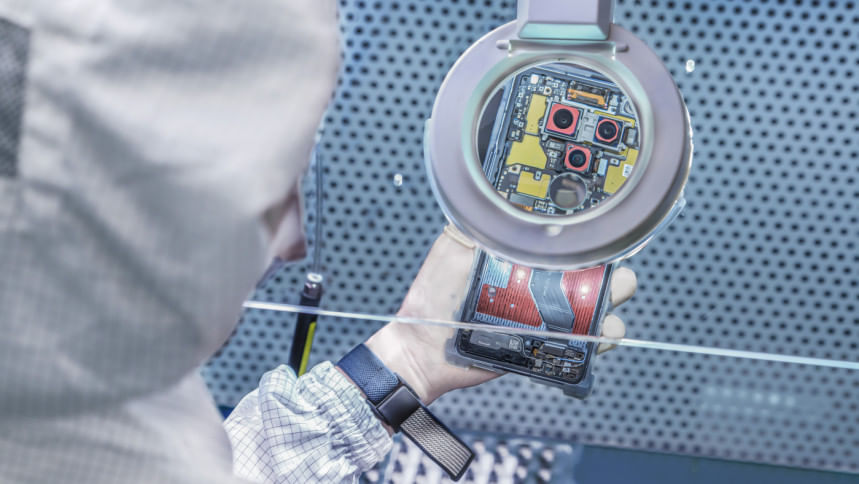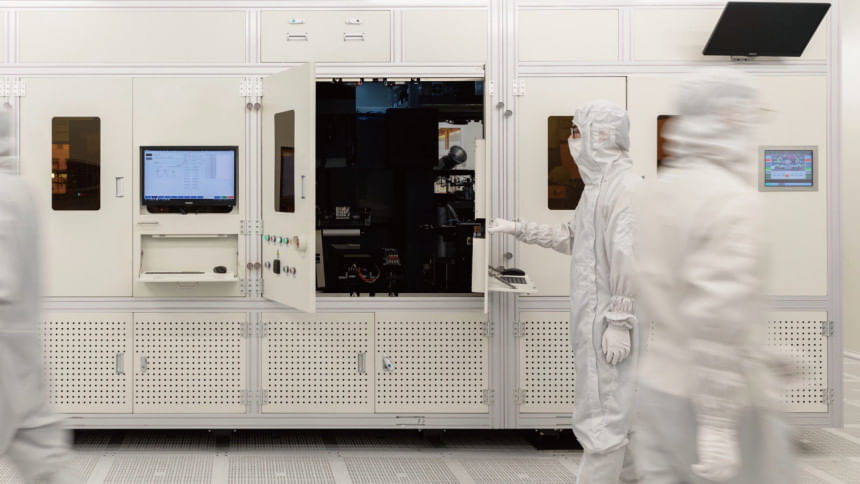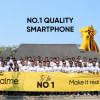How to build a smartphone

Smartphones feel inevitable in the hand, yet each one begins as a set of drawings, components and hypotheses. The journey from concept to finished device is a carefully sequenced collaboration between design labs, supplier networks and high-throughput assembly lines. In leading electronics hubs across Asia, that journey can take as little as days once a design is frozen and parts are on site.
A network built for speed
Modern phone making is organised around proximity. Chip packaging plants, display makers, camera module suppliers and battery manufacturers sit within short reach of final assembly sites. This reduces transport time and allows quick adjustments when a tolerance needs tightening or a component is revised. The result is a system where ideas move quickly from design to production and where changes can be introduced without halting an entire run.
Where ideas take shape
The process begins in research and development labs. Engineers, industrial designers and materials specialists iterate on the main board layout, antenna design, thermal pathways and enclosure geometry. Digital twins and rapid prototyping help resolve conflicts between compactness, heat management and durability before a pilot batch is made.
Reliability testing starts well before the assembly floor. Devices are cycled through temperature and humidity chambers to expose weaknesses in adhesives, solders and seals. Drop rigs simulate years of accidental knocks. Fold and bend testers stress hinges and glass. Shielded rooms check radio performance and electromagnetic compatibility. Software stability is exercised under heavy multitasking and poor network conditions. Only after these checks, and any required external certifications, does a design move to mass production.

Inside the factory
Final assembly lines are built around repeatable precision. Components arrive kitted and labelled for traceability. On the surface-mount line, reels of tiny resistors, capacitors and chips feed pick-and-place machines that position parts onto printed circuit boards at high speed. The boards pass through a reflow oven where solder paste becomes permanent joints. Automated optical inspection and X-ray systems verify alignment and hidden connections.
In system assembly, sub-assemblies come together. The display is bonded to the frame, the main board is installed, cameras are aligned and calibrated, and the battery is connected with attention to both safety and space. Seals are compressed to achieve water resistance where specified. Adhesives are cured and fasteners are torqued to spec. At each station, operators and robots alternate tasks according to what the job demands, with people focused on visual checks and fine adjustments that benefit from human judgement.
Quality control runs in parallel rather than at the end. Functional tests check touch accuracy, speaker and microphone performance, cameras, sensors and charging. Pressure tests and vacuum checks verify enclosure integrity. Burn-in exposes early-life faults. Cosmetic inspection looks for scratches, light bleed and colour inconsistencies. Any unit that fails is routed to rework; the rest proceed to software flashing, network provisioning and packaging.
Speed at scale
Throughput depends on disciplined timing, often referred to as "takt time". Each station is balanced so that the next device arrives just as the previous one moves on. Multiple parallel lines allow factories to build different models or colour variants at once. Modularity in design helps. Shared components such as chargers, cables and brackets simplify inventory and reduce the chance of stoppages. When the upstream supply is stable, a completed handset can move from bare board to boxed unit within a few shifts.
One Shenzhen complex operated by Honor runs parallel lines that blend high-speed automation with human inspection and calibration. Engineers there describe a flow in which a handset can move from board to boxed unit in roughly three days when parts are staged, with upstream labs cycling prototypes through temperature swings, repeated drops and hinge tests before any design is released to build.
From factory to market
The final stages are logistical. Finished phones enter quarantine for final audits, then pallets are sealed and scanned for end-to-end traceability. Devices destined for different regions receive the appropriate firmware, language packs and regulatory markings. Proximity to major ports and air freight hubs shortens the time from production to retail. In some markets, local assembly or finishing adds a last layer of customisation and helps meet tariff or localisation requirements.
More than a gadget
Seen from the inside, a smartphone is less a single product than a coordinated process. It reflects thousands of small decisions about materials, tolerances and testing, and the daily teamwork of operators, technicians and engineers. The three-day headline is possible because each step is prepared long before the first screw turns. From the first prototype to the last box on a pallet, the discipline is the same. Build for reliability, verify continuously and move at a pace that keeps quality intact. The device that ends up in a pocket is the visible part of a much larger machine, one that blends craft with consistency to turn ideas into tools we use every day.

 For all latest news, follow The Daily Star's Google News channel.
For all latest news, follow The Daily Star's Google News channel. 








Comments